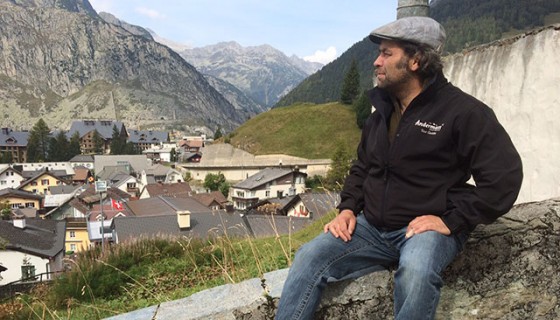Across the Gotthard on foot and by train
Today's travellers have different ways of getting from one side of the Gotthard Massif to the other: they can either follow the old Gotthard Pass road, as our forebears did, or they can travel through the world's longest tunnel, the new Gotthard Tunnel.
The Gotthard through the ages
In the Middle Ages, the journey by mule track from Basel in the north of Switzerland to Chiasso in the south of the country took at least six days. It was an arduous journey for travellers and pack animals alike. Guilds of mule drivers held a monopoly over the transport of goods and levied tolls from merchants to pay for the upkeep of the route.
The journey was physically demanding and the route was perilous and full of pitfalls. Nevertheless, residents of the canton of Uri regularly took this road to transport livestock and foodstuffs from Milan and other towns on the southern side of the Alps. It therefore became imperative to improve the passage from north to south.
In 1830 the road was made accessible to horse-drawn carriages. The Gotthard Mail Coach, a three-horse carriage that would become the stuff of legend, cut the journey down to a mere three and a half days. The journey was now considerably shorter but, as we know from the personal accounts of merchants, scholars, ambassadors and travellers who crossed the Gotthard Pass by mail coach, it was still arduous.

The first Gotthard railway line was opened 52 years later, in 1882. The Gotthard Railway, which boasted automatic brakes, four-axle carriages, and salon coaches, was the pre-eminent, most modern and most technically advanced private railway at the time. The Gotthard Railway grew from strength to strength and would eventually transport hundreds of thousands of passengers a year.
A hundred and thirty-four years later, in 2016, Switzerland is inaugurating the longest rail tunnel in the world. The epic tale of the construction of this transport axis, which took on mythic proportions over the centuries, will thus culminate in a marvel of technology.
A journey back in time and a leap into the future
There is no better way to see how far we have come than to retrace our ancestors' steps and make the journey from the north to the south of the Alps on foot. The hike takes twenty hours and provides ample opportunity to appreciate the magnitude of the construction project, admire sun-bathed summits and learn about local legends and lore. This slow pace affords the traveller plenty of time to take in this fascinating landscape, which witnessed the dawn of time, in all its majesty.
The journey home is a complete change of pace and a giant leap into the future: today, it takes just 20 minutes to cross back through the Alps via the new Gotthard tunnel.
Returning to our roots with Bänz Simmen
If you want to walk the length of the old mule track to discover the area and its history with the best guide in the region, Bänz Simmen is your man. A trained chemical laboratory assistant and man of many talents who has worked on the tunnel's construction sites, Bänz is now a mountain guide who offers guided hikes and snowshoe tours of the spectacular Gotthard region, especially the Andermatt area where he was born.

Bänz's deep knowledge and love of the region are evident from the morsels of historical information he shares with his charges. He sees a common thread between the mule tracks of yesteryear and the railway line of today. To Bänz, the defining characteristic of the Herculean efforts that have gone into connecting the north and south sides of the Alps is this: "The opening of a new transport route, with all the changes that brings, has always raised fears in Andermatt, but in the end people recognise that progress also opens up opportunities." New transport routes not only give people new trade opportunities but also offer them the possibility to get closer to nature.
More stories about the Gotthard :
→ The legend of the Gotthard pass
→ The construction of the world's longest environmentally friendly tunnel
→ When rock from the Gotthard Base Tunnel heads to the beach
→ The Gotthard Tunnel: a women's story
→ Across the Gotthard on foot and by train
For more information : Swiss Travel System






